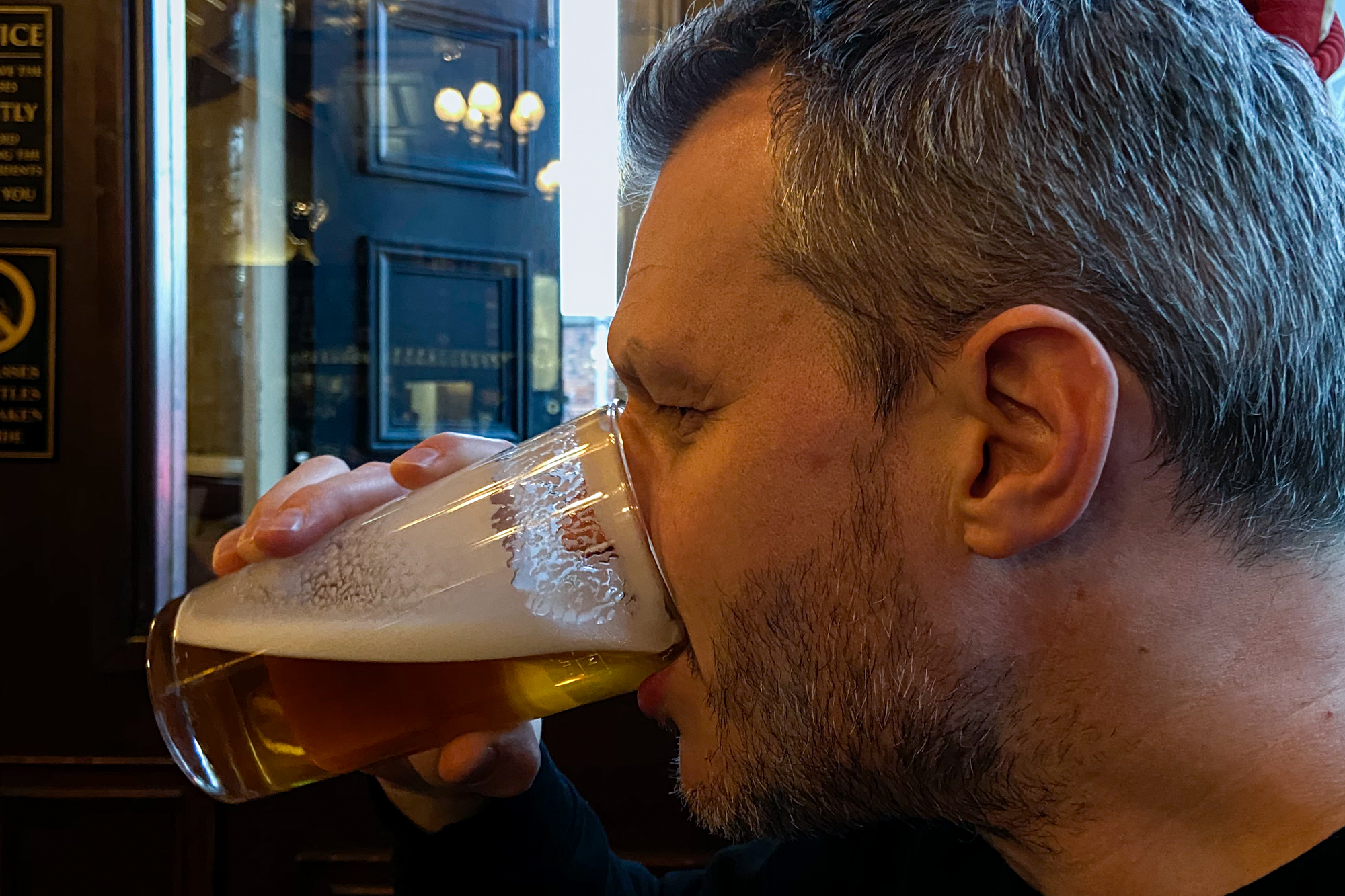
There has been another bumper crop of great beer writing this week. Educating, entertaining and providing essential moments of escapism. Here are a few of my favourites.
As fanciful as it seems, beer was literally put on trial in 19th century Vermont. If you’d told me the story in the pub a few weeks ago, I’d have wondered if you’d been trying a bit too much lager yourself. But now, thanks to One Keg of Lager Beer: An Underdog Story, Julia Clancy’s article for October, I know the truth.
“Nobody had seen German lager before,” says Krakowski. “And because of the lower alcohol levels, the state government had no clue what the hell it was.” The beer was seized by the police from a German café in Rutland. It was tried for intoxication. Lager was, then, a foreign and potentially dangerous substance.
Also from October, Nicci Peet invites the reader to Meet the Women Who Are Leading the UK Beer Scene.
In the UK, a few prominent women are now using their platforms to bring the conversation of equality to the wider beer community by winning awards, publishing books, and running breweries—but they are also chairing and participating in panels on diversity and hosting inclusive events to encourage more women into the world of beer. Representation is key to the recipe for change, and these three women are leading the charge when it comes to demonstrating what women can do in the UK beer scene.
Ever wondered what makes German and Czech lagers so damn delicious? I have. And then I found out about decoction. Mark Dredge “digs deep into decoction process of lagers” in The decoction concoction on Ferment.
…while it may be time-consuming and, as we’ll see, scientifically unnecessary, there is something special about the flavour that a decoction mash can produce, which is why most Bavarian and Czech lager brewers still use it today. And it’s a flavour that more British brewers are looking to get into their beer.
Pubs and travel are both sorely missed my many at the moment. So why not get a virtual fix of both with IanVisits account of British Rail’s short experiment with travelling pubs.
The decoration inside was based on a traditional pub, so they had rough white washed walls and dark oak beams, and high backed dark wood seats (settles). Even the windows in the train carriage were rather small olde style leaded panes, and the floor was designed to look like country pub floor tiles.
As a bonus, Sara Masson’s comment on the post had me in tears:
In the late 70s I worked at my first library job at Cannon Street Library opposite the station (and next to The London Stone). The head librarian would head over to the station at 5, ostensibly to pick up a Standard, but actually to have a pint. I was told that he used to take a pub train home and on one occasion, on reaching home, (Horsham, I think) he stepped out of the wrong side of the train – almost breaking his back. (Fortunately he recovered, going on to become the librarian at St Paul’s Cathedral Library (with it’s superb Grinling Gibbons carvings, and John Donne sermons).
(As a leaving gift, I remember I gave him a Charles and Diana wedding tea -towel, and wrote him the following poem “Well cheerio Frank, you grumpy old sod, let’s hope St Paul’s brings you closer to God”)
And another one for people missing the pub. Tandleman takes the reader along on a visit to Heywood to hit up a couple of Sam Smith’s pubs in Treading the Grapes.
I observe the pub. It looks like it hasn’t changed since the thirties. It has an odd little entrance and the gents, facing the bar, also has, well an odd little entrance. To my left is a partition and I can hear the thud of darts and some mild effing and jeffing. There is another room to the front with nobody in it. The whole place is clean enough, but it looks shabby and sorry for itself. You could have filmed a 1930s period piece here without changing a thing.
If beer’s ingredients had formed a band, malt would be the rhythm section. Malt sits in the background and provides a steady beat. The hops are the singer and lead guitarist. They draw attention to themselves any way they can. Matt Curtis looks to redress the balance by shining the spotlight on malt in this piece for Good Beer Hunting.
…Crisp has recently invested millions of pounds into new packaging and processing equipment, with the idea that better malt means better beer. “We would like to think that our innovation provides our customers with an extended palette of colors and flavors,” Dr. David Griggs, technical director at Crisp, tells me. “This in turn gives them the tools to enhance their own product offering to the consumer.”
And finally, Roger Protz put a smile on my face with his post about Sam Smith’s using their dray horses to deliver beer to thirsty drinkers in Tadcaster and Stutton in North Yorkshire.
The shire horses usually make the rounds in and around the area to deliver casks to pubs, but with venues closed to curb the spread of the coronavirus, they have become a welcome sight on residential streets.
If your thirst for good beer writing is still not quenched, I highly recommend reading Boak and Bailey’s Saturday morning round up and Alan’s Thursday Beery News Notes on A Good Beer Blog.
Stay home. Stay healthy. Stay hydrated





No comments yet.